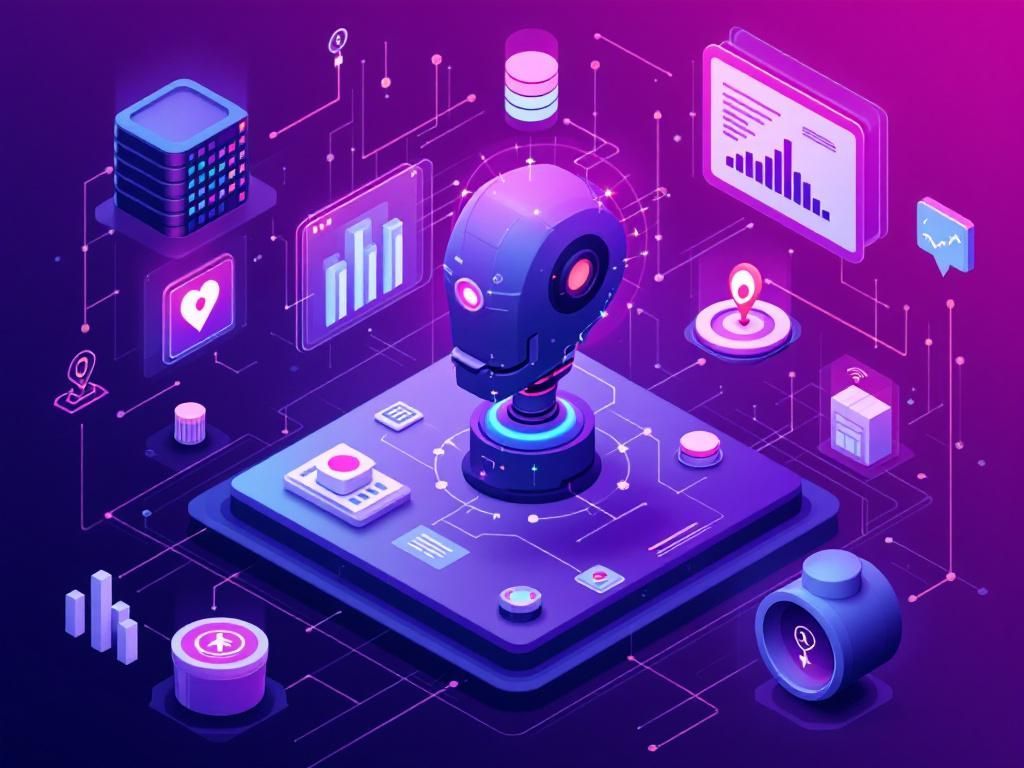In the rapidly evolving landscape of artificial intelligence, data labeling plays a crucial role in training machine learning models. Automated data labeling services have emerged as a pivotal solution, enhancing efficiency, accuracy, and scalability in the data preparation process. This article delves into the significance, methodologies, and benefits of automated data labeling, providing insights for tech enthusiasts and industry professionals alike.
The Role of Data Labeling in AI
Data labeling involves annotating data with informative tags that allow machine learning algorithms to recognize patterns and make predictions. The accuracy of these annotations directly impacts the model’s performance. Here’s why data labeling is vital:
- Quality of Data: High-quality labeled data ensures better learning and performance of AI models.
- Training Supervised Models: Labeled data is essential for supervised learning, where models learn from examples.
- Continuous Improvement: Ongoing data improvement through labeling helps in refining algorithms and adapting to new scenarios.
Understanding Automated Data Labeling Services
Automated data labeling employs advanced technologies, such as machine learning and artificial intelligence, to speed up the annotation process while maintaining accuracy. It can process large datasets more efficiently than manual labeling, which is often time-consuming and prone to human errors.
Key Technologies Behind Automated Data Labeling
The effectiveness of automated data labeling hinges on several key technologies:
- Machine Learning Algorithms: These algorithms predict labels based on patterns detected in the data.
- Natural Language Processing (NLP): Used for text-based data, NLP helps in understanding context and semantics.
- Computer Vision: This technology is essential for labeling images and videos, identifying objects, and tagging them accurately.
- Active Learning: A strategic approach that allows models to identify the most valuable data points to label next, optimizing the labeling process.
Benefits of Automated Data Labeling
Implementing automated data labeling offers numerous advantages, particularly for organizations looking to scale their AI initiatives without compromising quality.
1. Enhanced Efficiency
Automated services drastically reduce the time spent on data labeling tasks. Here’s how:
- Speed: Automated systems can label thousands of data points in a fraction of the time it takes for humans to do so.
- Scalability: Organizations can easily scale their data labeling efforts to meet the demands of expanding data requirements.
2. Cost-Effectiveness
While initial investments in automated labeling systems may be significant, the long-term cost savings are substantial:
| Factor | Manual Labeling Cost | Automated Labeling Cost |
|---|---|---|
| Labor Costs | High | Low |
| Time Efficiency | Slow | Fast |
| Scalability | Limited | Unlimited |
3. Improved Accuracy
Automated systems, when properly trained, can achieve high levels of accuracy that rival human annotators:
- Consistency: Machines apply the same criteria uniformly across all data.
- Reduced Human Error: Automated processes minimize mistakes that typically occur in manual labeling.
Challenges and Considerations
Despite the numerous benefits, businesses must be aware of the challenges associated with automated data labeling:
1. Initial Setup and Training
Setting up an automated labeling system requires:
- Significant time investment in model training.
- Quality datasets to train the models accurately.
2. Quality Control
It’s essential to implement ongoing quality control measures to ensure the labeled data meets the required standards:
- Regular audits of labeled data for accuracy.
- Incorporating feedback loops for continuous improvement.
3. Domain Specificity
Automated systems may struggle with domain-specific nuances. Thus, human oversight remains crucial in certain contexts:
- Specialized industries may require unique labeling criteria.
- Human experts can provide insights that automated systems may miss.
Future Trends in Automated Data Labeling
The field of automated data labeling is constantly evolving. Here are some future trends to watch:
1. Integration of Advanced AI Techniques
As AI technology evolves, automated labeling will become more sophisticated, incorporating techniques such as:
- Deep learning for complex data patterns.
- Transfer learning to adapt models quickly to new datasets.
2. Collaboration with Human Annotators
The future of data labeling may lie in a hybrid approach that combines the strengths of machine efficiency with human judgement:
- Human annotators can verify and refine machine-generated labels.
- Active learning techniques can optimize the labeling process.
3. Expanding Use Cases
As industries continue to embrace AI, the demand for automated data labeling will grow across various sectors, including:
- Healthcare for medical image analysis.
- Finance for fraud detection.
- Retail for customer behavior analysis.
Conclusion
Automated data labeling services are transforming the way organizations prepare data for machine learning. By leveraging advanced technologies, businesses can achieve significant efficiency gains, cost savings, and improved accuracy. However, it is essential to recognize the challenges and invest in quality control measures to ensure the effectiveness of these systems. As AI continues to advance, the future of automated data labeling looks promising, offering exciting opportunities for innovation across various industries.
FAQ
What are automated data labeling services?
Automated data labeling services use machine learning algorithms to efficiently annotate data sets, reducing the time and cost associated with manual labeling.
How can automated data labeling enhance AI performance?
By providing high-quality labeled data quickly, automated data labeling helps improve the accuracy and efficiency of AI models, which are crucial for successful machine learning applications.
What types of data can be labeled using automated services?
Automated data labeling services can handle various types of data, including images, text, audio, and video, making them versatile for different AI projects.
Are automated data labeling services cost-effective?
Yes, these services significantly reduce labor costs and time associated with manual labeling, providing a more budget-friendly solution for businesses looking to scale their AI initiatives.
What industries benefit from automated data labeling?
Industries such as healthcare, finance, retail, and autonomous vehicles can greatly benefit from automated data labeling, as it helps in training AI models for specific applications.
How do I choose the right automated data labeling service?
When selecting an automated data labeling service, consider factors such as accuracy, scalability, integration capabilities, and customer support to ensure it meets your project needs.




